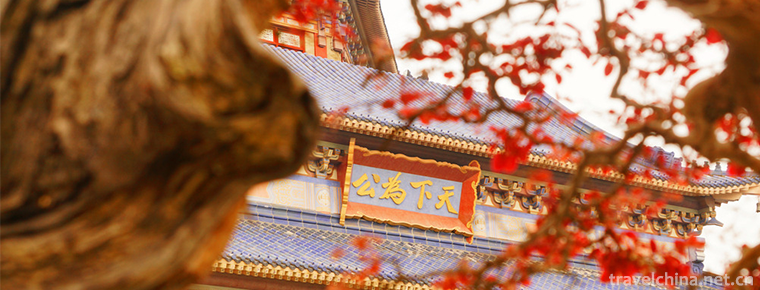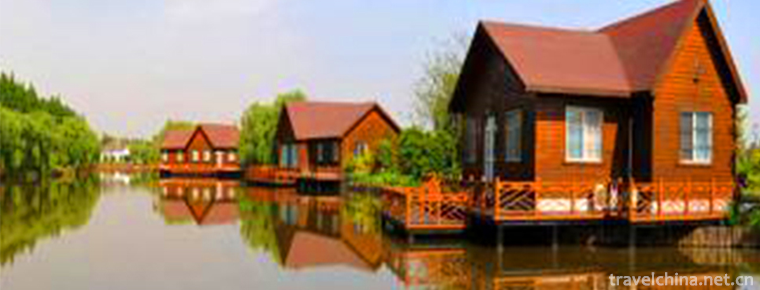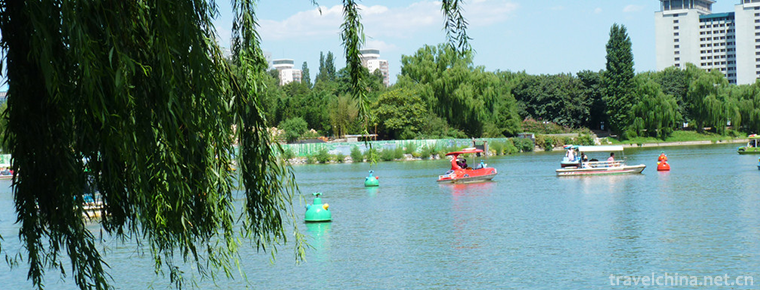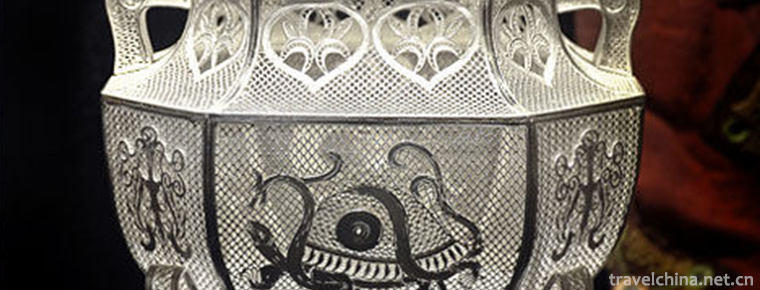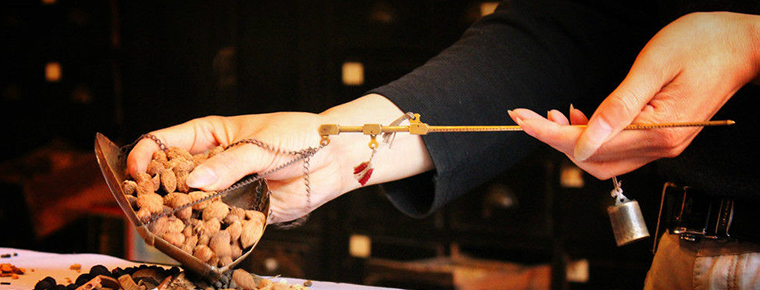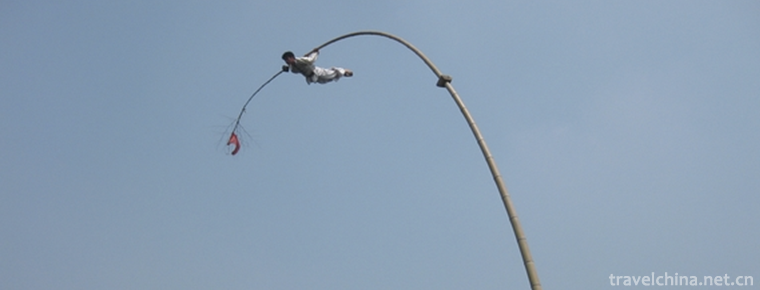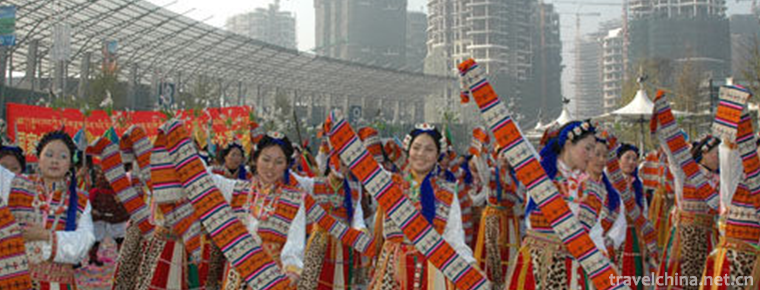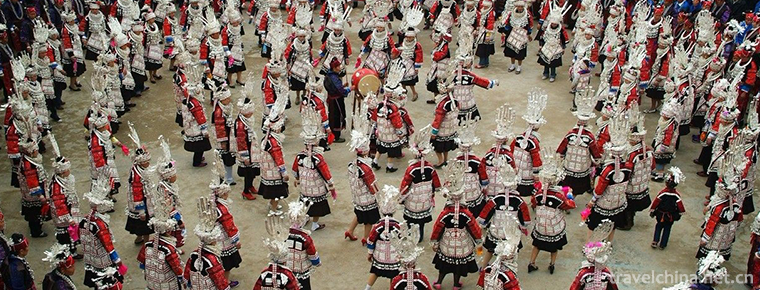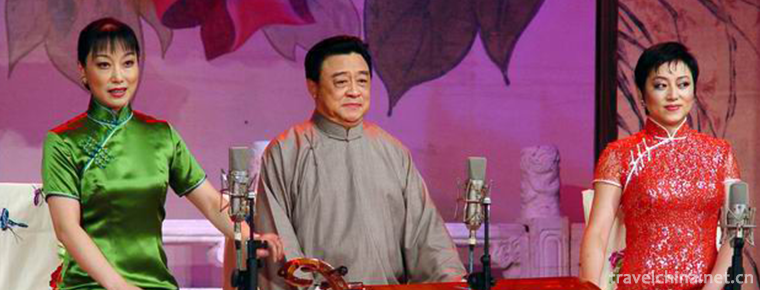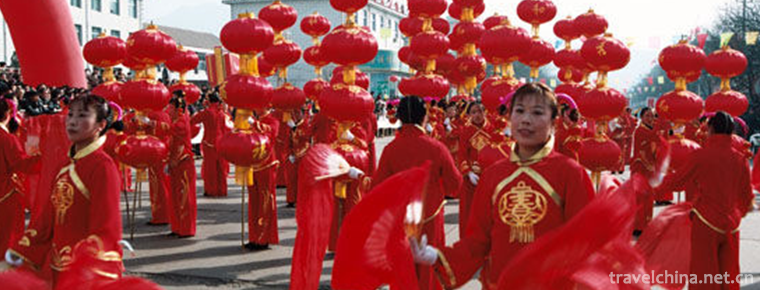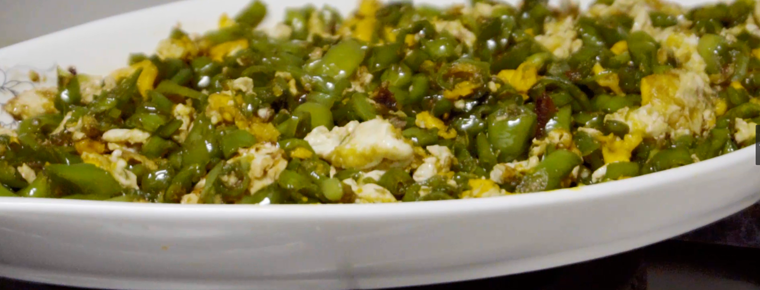Hubei Xiaoqu
Hubei Xiaoqu
Hubei Xiaoqu is one of the traditional operas in Hubei Province. It consists of "Hantan Xiaoqu" and "Tianzhao Xiaoqu". Han Tan Opera, also known as "Hankou Tan Opera" and "Waijiang Opera", is mainly popular in large and medium-sized cities such as Hankou, Shashi and Yichang in Hubei Province, mainly sitting and singing Folk Opera. Tianwu Xiaoqu, also known as "Inland River Xiaoqu", is mainly popular in Tianmen, Qianjiang, Wuyang, Hanyang, Hanchuan and other counties and villages in Hubei Province along the Hanshui River. It is famous for playing traditional folk minors on dishes.
On June 7, 2008, "Hubei Xiaoqu" declared by Wuhan City of Hubei Province was listed in the second batch of national intangible cultural heritage list with the approval of the State Council.
historical origin
Hubei Xiaoqu is a kind of Hubei Opera, commonly known as Hantan Silk String and Waijiang Xiaoqu. The folk songs of Ming and Qing Dynasties spread in the central part of Hubei Province evolved. During the Guangxu period, Tianmiao Xiaoqu artists began to work with Hantan Xiaoqu artists, and entered the teahouse to sit and sing, gradually merging into one. And gradually prevailed in Hankou, Wuchang, Huangshi, Shashi, Jiangling, Yichang, Jiujiang and other places along the Yangtze River. In the 1920s, it was renamed Hubei Xiaoqu. During the War of Resistance Against Japan, when Wuhan was occupied and Xiaoqu artists fled, Xiaoqu from Hubei Province was spread to remote areas and became an influential major type of music in Hubei Province. Spread in Wuhan, Shashi, Yichang and other urban wharfs.
Hubei Opera of China. Around the end of the Qing Dynasty, it was composed of Hantan Xiaoqu and Tianwu Xiaoqu, which were popular in central Hubei. Singing tunes are rich in cards. They are composed of Nanqu, Wenci, Xiqiang and Tanhuang. They are composed of more than 100 folk songs. Singing is mainly sitting, standing and walking. Sitting singing is divided into single, double and multi-person, mainly composed of two-person sitting and singing, with male and female partners. Actors and actresses play Sihu, while actresses fight festivals with clouds. Traditional repertoires include Nanqu's "Grabbing Umbrella", "Qiujiang", "Tiaofen Wall", Xiqiang's "Yinhong", "Wangxianglang" and so on; Songjiang's "Killing Cherish" and "An'an Sending Mi" in the lyrics. After 1949, Lei Feng joined the army, Jiang Jie entered the mountains and so on, which made Hubei Xiaoqu art get new development.
Inheritance significance
Hubei Xiaoqu, like other rap music, is in danger of extinction. Traditional folk culture faithfully reflects the development of the Chinese nation for thousands of years, and is a main thread of national culture. In the footsteps of the times began to produce a strong shock wave today. How to retain the "root" is a question that every descendant of the Yellow Empire needs to think about. In order to carry forward the national culture, protect and rescue the music heritage, explore the laws of traditional music, inherit and develop the traditional Chinese humanistic spirit. In the long-term development of Hubei rap music, each kind of music has formed its own rich moistening skills, learning and mastering these moistening skills, which play an important role in the singing, creation and compilation of rap music, and also have important reference value for the creation, singing and teaching of national vocal music works. Especially, Hubei Xiaoqu is good at lyricism, narration, rigidity, softness, delicacy and euphemism. Special attention should be paid to the use of various techniques to embellish the tune so as to make it more colorful and vivid.
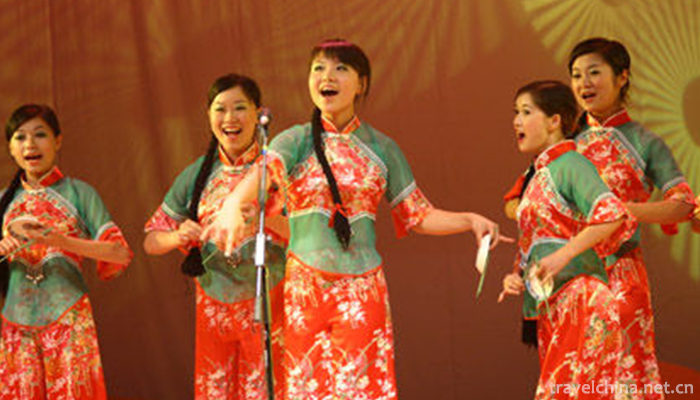
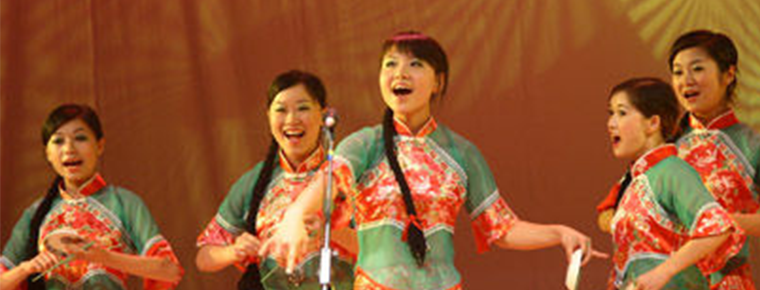
Hubei Xiaoqu
-
Sun Yatsen Memorial Hall
Zhongshan Memorial Hall is located in Dongfeng Middle Road, Yuexiu District, Guangzhou City, Guangdong Province. It was built by the people of Guangzhou and overseas Chinese to commemorate Dr. Sun Yat
Views: 163 Time 2018-12-22 -
Qianwei ecological village
Qianwei Village is located in the middle of Chongming Island, 23 kilometers away from Nanmen Port, close to Dongping Forest Park. Once a desolate and silent village, now it has both urban scenery and
Views: 307 Time 2018-12-26 -
Zizhuyuan Park
Zizhuyuan Park is located in the West Third Ring of Beijing, near Baishiqiao in Haidian District, west of Beijing Capital Stadium. Zizhuyuan Park was built in 1953. It was named for the Ming and Qing
Views: 280 Time 2019-03-22 -
Production Techniques of Silk in Chengdu
Silk is the most distinctive traditional gold and silver handicraft of the Han nationality in Chengdu. This metal craft has a history of more than 1700 years. It has reached a very high artistic level
Views: 237 Time 2019-04-18 -
Traditional medicine
Traditional medicine, a list item of intangible cultural heritage. Article 21 of the Constitution stipulates that the State shall develop medical and health undertakings, modern medicine and tradition
Views: 311 Time 2019-04-21 -
High bar technology
High-pole boat acrobatics is a traditional folk acrobatics project which simulates silkworm babies'silk spinning as cocoon action performed at the sacrificial ceremony of Silkworm God in Zhejiang Prov
Views: 156 Time 2019-04-30 -
Castawin Dance
Castawin Dance, a traditional dance in Heishui County, Sichuan Province, is one of the national intangible cultural heritage.
Views: 223 Time 2019-05-08 -
Miao Sister Festival
Miao Sister Festival, also known as "Sister Rice Festival", is a traditional festival of Miao people in Laotun and Shidong areas of Taijiang County, Guizhou Province. It is held from March 1
Views: 141 Time 2019-06-05 -
Changsha Tanci
Changsha Tanci is a traditional opera in Hunan Province. It is popular in Changsha, Yiyang, Xiangtan, Zhuzhou and Liuyang of Hunan Xiangjiang River and Zishui River basin. Changsha Tanci derives from
Views: 281 Time 2019-07-25 -
Zuoquan Xiaohua Opera
Zuoquan Xiaohua Opera is a kind of Han folk song and dance drama which originated in Zuoquan County of Shanxi Province and spread in Yushe and Heshun areas near Zuoquan County. Its style is: one step
Views: 257 Time 2019-08-16 -
Scrambled eggs with green peppers
Fried eggs with green peppers is a family dish. The main ingredients are eggs and green peppers. The auxiliary ingredients are lard, salt, vinegar, onion, etc. the main cooking technology is fried, ye
Views: 459 Time 2020-04-10 -
Contact information of Chengdu Giant Panda Base
Contact information of Chengdu Giant Panda Base
Views: 172 Time 2020-12-13
